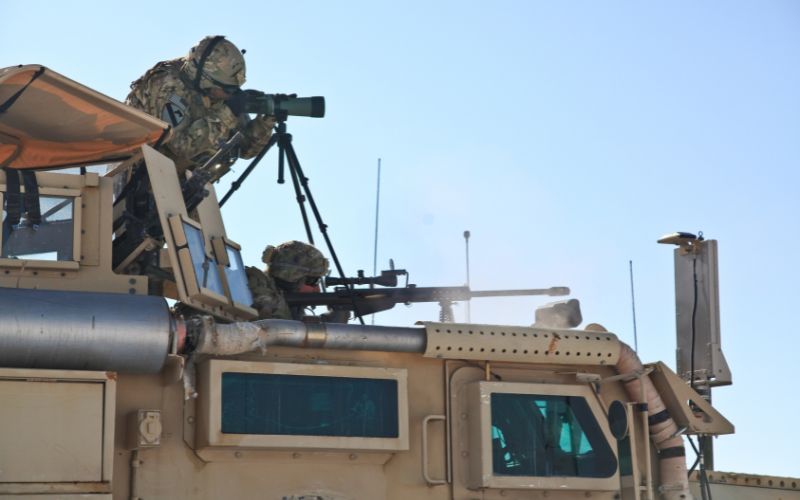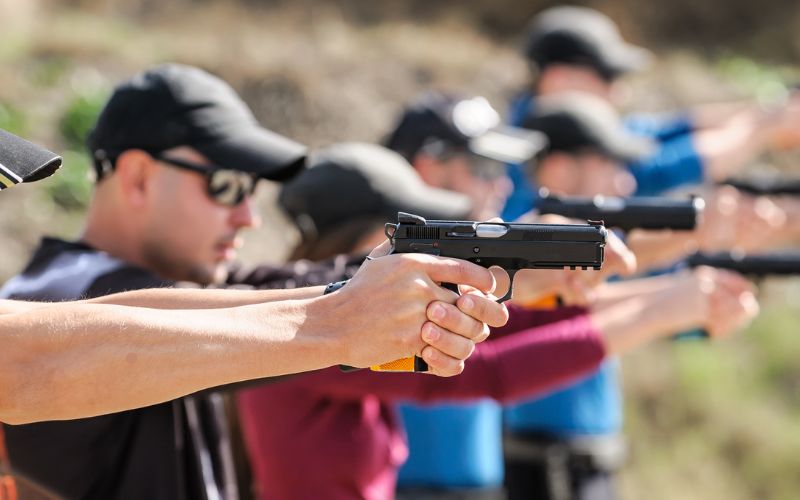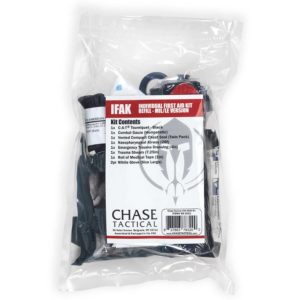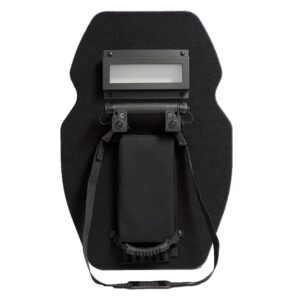Personal Safety Tips In High-Risk Areas

Military personnel in high-risk regions face distinct and heightened threat levels that require extraordinary alertness, meticulous preparation, and swift response capabilities. Personal safety is not merely following orders but an active process of assessing the risk, understanding the environment, and equipping oneself with physical and mental defenses. Here are some important tips on personal safety that can be instrumental for those stationed in or traveling through high-risk environments.
1. Situational Awareness
The most fundamental safety practice in high-risk areas is keeping situational awareness. It refers to staying aware of surroundings, perceiving threats, and detecting environmental changes as fast as possible. The military should observe daily routines and activities to notice any anomalies. To extract themselves safely in emergencies, military personnel can employ knowledge of the buildings’ exit and access points or safe areas in a neighborhood. Maintenance of the clear picture would also be ensured by information concerning regional security threats received through local news and intelligence reports. With constant alertness, you can have an advanced threat perception before it develops or escalates, thus leaving you with a window of time in potentially dangerous situations.
2. Understand the local environment

Communication helps to minimize misunderstandings that could lead to a dangerous situation. It is very important for one traveling out of one’s geographical location, if considered high risk, to understand the local culture and customs. Familiarizing oneself with key phrases in the local language is very helpful during communication with a different spoken language. It is also possible to use a quick-translation phone App.
Knowledge of local customs will prevent you from making a mistake that unwittingly causes offense or miscommunication, leading to a provocative incident. Equally important, it is good to know some geographical features like chokepoints, open spaces, and secure shelters that will enable one to avoid danger. This will allow military personnel to handle tense encounters with ease and respect; hence, conflicts with the locals or enemy would be minimized.
3. Wear Protective Gear
Protective gear, especially tactical body armor, is invaluable in dangerous zones. Body armor, to withstand bullets, shrapnel, and other things that personnel might have to endure, is necessary to choose when the capability threat of the area being surveyed calls for an appropriate type. Regular inspections ensure that armor hasn’t suffered damage that would compromise its effectiveness. It must also be comfortable to wear, not only for comfort but also for mobility. Body armor is an investment in safety, and if taken care of and used appropriately, it may mean the difference between life and death in sudden attacks.
4. Travel Strategically and Avoid Routine Patterns
One of the common tactics adversaries use to target military personnel is observing and anticipating routines. Maintaining a random pattern can keep one underground. Variation in routes and time ensures that threats are minimized where the enemy finds it quite hard to plan an ambush. Using strategic, safe routes by avoiding well-known hotspots or insecure areas will reduce risk exposure. Traveling in groups rather than one person improves security because there is power in numbers. Military personnel are unpredictable, creating a defensive advantage that makes it difficult for an adversary to find and take advantage of patterns.
5. Effective Communication and Emergency Planning
In high-risk regions, one needs reliable communication and a planned emergency response. The reliance on a single device or network is dangerous. Therefore, the availability of different means of communication, such as radios, satellite phones, and emergency power sources, is an asset. Regular check-in protocols ensure accountability and response is made immediately in case contact is lost. Besides, knowledge of the emergency plan is also critical; every member should know about escape routes, rendezvous points, and how to react in an emergency. In an uncertain environment, communication is prevention and survival.
6. Mental Preparation and Resilience

In high-risk areas, constant stress, fear, and uncertainty are inherent. However, managing this stress properly and building mental strength will make the difference. Controlled breathing, mindfulness, and short mental breaks will help improve the ability to focus under pressure while keeping personnel calm in extremely stressful situations. Regular tactical training prepares the mind and body to respond rapidly to an unexpected problem. A strong support network, including a close-knit team and mental health resources, provides essential emotional support. Remaining mentally prepared helps military personnel respond effectively in critical moments and sustain their performance throughout their deployment.
7. Medical Readiness and First Aid

Basic first aid knowledge and a well-equipped medical kit can be invaluable in emergencies. Military personnel should be trained in the management of traumatic injuries, including hemorrhage control, wound dressing, and basic life support. Knowledge of using necessary medications can save lives, especially in remote or isolated areas with less access to a medical facility. Understanding environmental hazards, such as heatstroke in desert climates or hypothermia in colder climates, aids in prevention and rapid treatment. That could make the difference between a manageable injury and a fatal condition.
Conclusion
Safety in risky zones, however, is far from mere skills in tactics. It is fully dimensional, mental, bodily, and strategic readiness. Situational awareness, knowledge of gear that protects, cultural orientation, and effective communication can go a long way in letting military personnel approach and have a better chance of making it safe in such hard-scenario environments.
Frequently Asked Questions
Why is situational awareness important in dangerous places?
Situational awareness allows personnel to detect and respond promptly to potential threats. In high-risk areas, danger can emerge at any moment. It helps identify dubious activity and make timely choices that enhance personal safety.
How do I decide on the right body armor for a high-risk deployment?
The body armor chosen would depend on the prevailing threat level in that region. It must be at an appropriate ballistic protection level, fit properly, and checked for effectiveness.
How do the armed forces members cope with stress while deploying to a hazardous location?
Mindfulness and other methods, breathing practices, and an effective support system are the best practices for keeping attention and strength in the battle against mental illness and successfully executing an operation.

